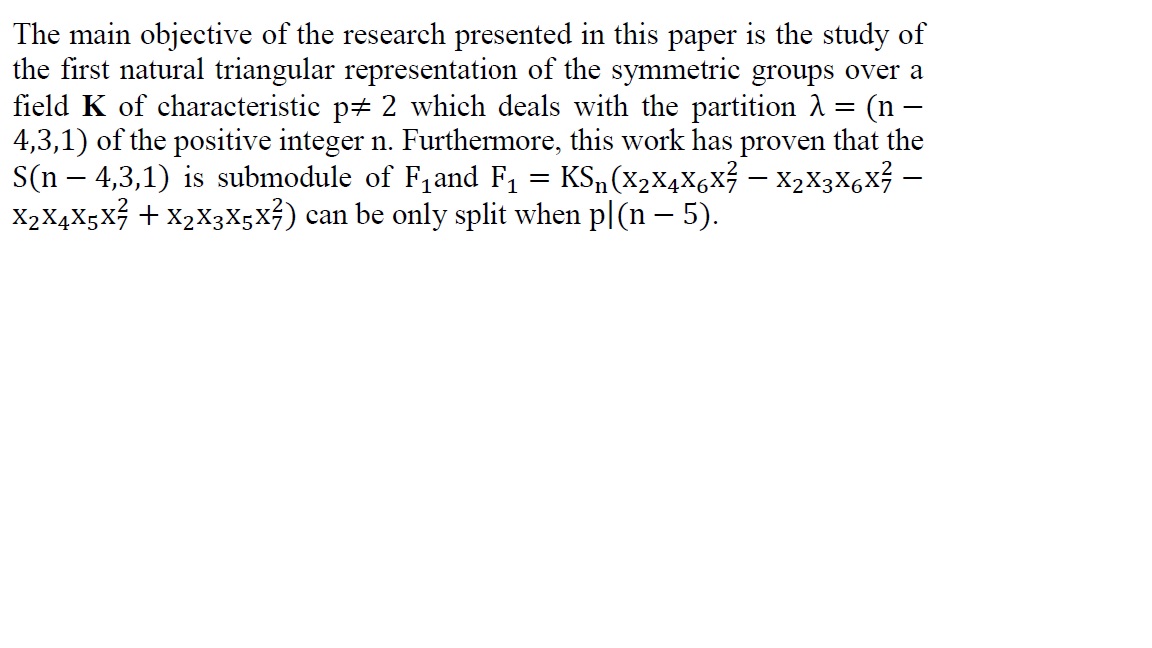Background: Separation and deboning of artificial teeth from denture bases present a major clinical and labortory problem which affect both the patient and the dentist. The optimal bond strength of artificial teeth with denture base reinforced with nanofillers and flexible denture bases and the effect of thermo cycling should be evaluated. This study was conducted to evaluate and compare the shear bond strength of artificial teeth (acrylic and porcelain) with denture bases reinforced by 5% Zirconium oxide nanofillers and flexible bases under the effect of different surface treatments and thermo cycling and comparing the results with conventional water bath cured denture bases. Material and methods: Two types of artificial teeth; acrylic and porcelain were used and prepared for this study. Five specimens of each tooth type were processed to each denture base materials after the application of different surface treatments; these teeth were bonded to heat polymerized, nano composite resin and flexible denture bases. Specimens were thermo cycled and tested for bond strength until fracture with an Instron universal testing machine. Data were analyzed with analysis of variance and student T-test. Photomicrographic examinations were used to identify adhesive and cohesive failures within debonded specimens. Results: The mean force required to fracture the specimens were obviously larger for nanocomposite specimens compared with the heat cured and flexible specimens. The most common failure was cohesive within the tooth or the denture base. With each base material, the artificial teeth which were treated with thinner exhibited highest shear bond strength. Thermocycling had deleterious effect on the flexible denture base specimens. In general, nanocomposite and heat cured groups failed cohesively within the artificial tooth. While the valplastic groups failed adhesively at the tooth denture base interface. Conclusions: Within the limitations of this study, the type of denture base materials and surface treatments of the tooth selected for use may influence the shear bond strength of the tooth to the base. Selection of more compatible combinations of base and artificial teeth may reduce the number of prosthesis fractures and resultant repairs. Key words: acrylic teeth, porcelain teeth, Nano composite denture base, thermo cycling, flexible denture, thinner,
RM Abbas, AA Abdulhameed, AI Salahaldin, International Conference on Geotechnical Engineering, 2010
The adsorption isotherms and kinetic uptakes of CO2 were measured. Adsorption isotherms were measured at two temperatures 309 K and 333 K and over a pressure range of 1 to 7 bar. Experimental data of CO2 adsorption isotherms were modeled using Langmuir, Freundlich and Temkin. Based on coefficient of correlation it was found that Langmuir isotherm model was well suited with the experimental data of CO2 adsorption isotherms. In addition, Adsorption kinetic of CO2 mixture with N2 containing 10 % by volume CO2 and 90 % by volume N2 were determined in a temperature 36 °C and under the atmospheric pressure .When the flow rate was increased from
... Show More (6)
(6)
 (6)
(6)
The objective of this paper is to study the stability of SIS epidemic model involving treatment. Two types of such eco-epidemiological models are introduced and analyzed. Boundedness of the system is established. The local and global dynamical behaviors are performed. The conditions of persistence of the models are derived.

In the last years, the self-balancing platform has become one of the most common candidates to use in many applications such as flight, biomedical fields, industry. This paper introduced the simulated model of a proposed self-balancing platform that described the self–balancing attitude in (X-axis, Y-axis, or both axis) under the influence of road disturbance. To simulate the self-balanced platform's performance during the tilt, an integration between Solidworks, Simscape, and Simulink toolboxes in MATLAB was used. The platform's dynamic model was drawn in SolidWorks and exported as a STEP file used in the Simscape Multibody environment. The system is controlled using the proportional-integral-derivative (PID) co
... Show More
